Plant description
The Rattlesnake plant is known for its striking, crimped leaves dappled in dark green with a rich purple underside. As part of the Marantaceae family, also known as the prayer plant family, Calathea Lancifolia leaves fold together at night like a pair of praying hands.
This plant is a bit testy – but don’t worry, it doesn’t bite! The Rattlesnake plant thrives best in an environment similar to its native rainforests of Brazil. If you provide your Rattlesnake plant with the right lighting, temperature and humidity, it will reward you with a vibrant show of foliage year-round. Variegated Rattlesnake Plant cultivars may change color over the course of a year if you live in a region with four distinct seasons.
Although the Calathea Lancifolia does require a bit of pampering, it’s a gorgeous houseplant that won’t disappoint with its bold, textured foliage. Growing up to 2-3 feet, Rattlesnake Plants make a beautiful addition to indoor spaces as potted floor plants or tabletop centerpieces.
Calathea lancifolia plant facts
| common name | Rattlesnake Plant |
| botanical name | Calathea Lancifolia |
| no. of varieties | 1 |
| family | Marantaceae |
| biological life cycle | perennial |
| foliage | evergreen |
| mature size | 2.5 feet (76cm) or more |
| time to maturity | 6 months – 2 years |
| origin | Brazil |
| light conditions | medium to bright indirect light |
| soil type | well-aerated and nutrient-rich – African violet potting mix works well |
| soil pH | acidic / neutral |
| USDA Zone | 8-11 |
| toxicity | non-toxic |
Rattlesnake Plant Care: How To Take Care Of A Calathea Lancifolia
Calathea lancifolia light requirements 🔆
Best light: medium to bright indirect light
Calathea Lancifolia should be placed in medium to bright indirect light. Avoid direct sunlight as it can cause brown scorch marks on the leaves. The rattlesnake plant does tolerate low-light conditions for periods of time, but make sure to place this tropical beauty within reach of the sun during warmer months.
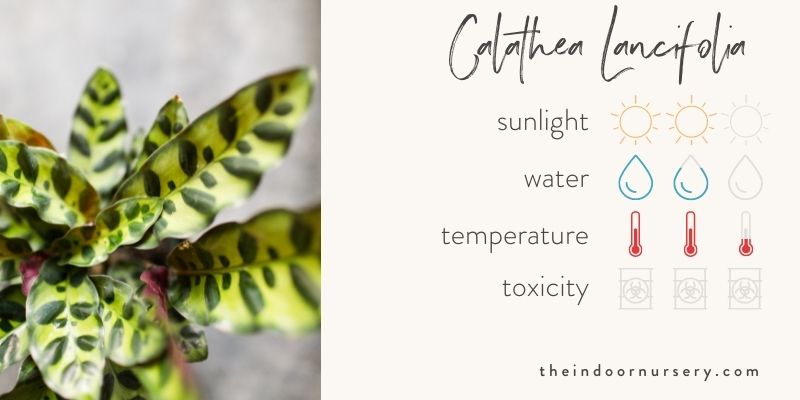
Calathea lancifolia water requirements 💧
Water requirements: soil should stay moist, avoid tap water
Water the Rattlesnake plant when the top inch of soil feels dry. The soil should stay moist, and never fully dry out. Use enough water until it filters through the drainage holes at the bottom. Be sure to discard any water that pools in the saucer, as the soil should not remain soggy.
Calathea plant types are generally sensitive to chemical compounds commonly found in tap water, particularly fluoride and chlorine. Use rainwater, filtered or distilled water to provide your Calathea Lancifolia with the nourishment it needs.
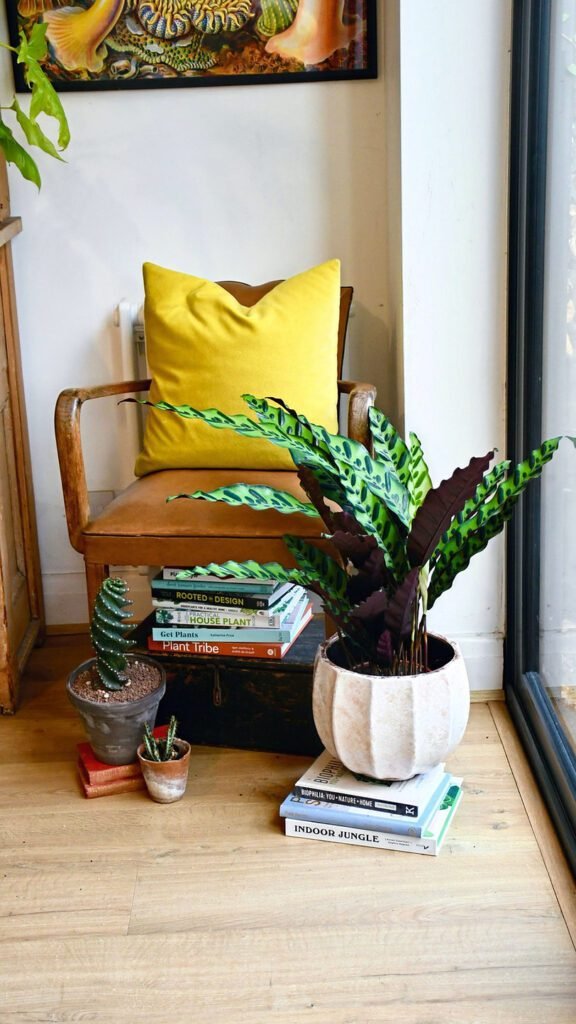
Calathea lancifolia humidity requirements 🌫️
As a tropical plant native to rainforests, the Rattlesnake plant prefers areas with high humidity. Aim to maintain at least 50% relative humidity. If leaves start to curl up or brown, try placing a water-filled pebble tray or humidifier near the plant. Regularly misting with water, or placing the plant in high humidity areas like the kitchen or a well-lit bathroom, are also great ways to humidify your Calathea Lancifolia.
Calathea lancifolia temperature requirements 🌡️
The Rattlesnake plant is best kept in environments between 65°F (18°C) and 85°F (29°C). Cold weather or sudden changes in temperature should try to be avoided.
Calathea lancifolia fertilizer requirements 💩
Fertilizer preferences: Feed your Rattlesnake plant monthly with a diluted solution of balanced, water-soluble fertilizer for calathea during the spring and summer months. Make sure that the soil is moist before feeding your plant. There is no need to feed your Rattlesnake plant during the winter months.
Calathea lancifolia soil requirements
soil type: well-aerated and nutrient-rich – African violet potting mix
pH level: acidic / neutral
A quality potting mix with good drainage works well for the Rattlesnake plant. The potting soil should be able to retain moisture and drain well. A mix of 2 parts peat and 1 part perlite is well-suited to Calathea. If you’re looking for a ready-to-go soil, African Violet potting mix is the way to go. Make sure the pot you choose has good drainage holes to prevent soggy soil.
Repotting calathea lancifolia plants
Rattlesnake plants need to be repotted every few years with fresh potting mix. If you see roots peeking out of the inner pot, that’s a signal it’s time to move your Calathea Lancifolia to a new home. Prepare a new pot, re-pot, and place the plant in a high-humidity environment with low to medium lighting for two to four weeks until active growth begins again.
Propagating calathea lancifolia plants 🌱
Calathea Lancifolia is best propagated by division. A good time to do this is when your plant needs to be repotted, ideally during the spring during its growing season. Be sure to water your Calathea Lancifolia the day before dividing, so the root ball is easy to separate without severing. Prepare two pots with fresh soil. Remove the Calathea Lancifolia from its original planter and shake free any loose soil before cutting into the rootball. Rattlesnake plant roots are quite fragile and should be handled as delicately as possible. Before moving the divisions into new pots, trim any damaged or diseased roots away with sterile garden shears.
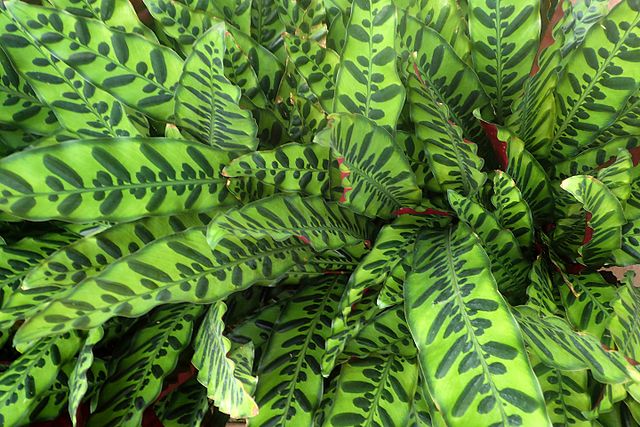
Pruning calathea lancifolia plants 🌿
To keep the Rattlesnake plant healthy, remove spent blooms and prune back damaged leaves.
Pests and diseases 🐛
Pests: spider mites, mealybug and aphids
The Rattlesnake plant is not highly prone to specific disease or insect problems, but it is susceptible to common houseplant pests. Spider mites tend to attack when soil is dry or humidity is low, especially in the colder months. Other potential pests include aphids or mealybugs. It’s generally easy to clear these presets away with insecticidal soap.
Rattlesnake plant care tips
- If dust accumulates on the leaves, use a damp cloth to clean them.
- For easier propagation and better draining, keep the Rattlesnake plant in its original nursery pot, and place both plant and pot in a larger decorative pot. This way, you can easily remove your plant for soaking, pest treatment and propagation.
Common Problems Growing Calathea Lancifolia Plants
Read our guide on common calathea problems and how to fix them for detailed answers to your questions. Briefly, these the most common problems with rattlesnake plants:
Why does my calathea lancifolia have burning or brown leaf tips?
This problem can be caused by intense direct sunlight, an uneven watering schedule, or too much fertilizer.
Why do my calathea lancifolia tips or edges have a yellowy, burned hue?
This can be a sign that your plant is reacting to chemicals in the water being used. The most certain way of treating this potential problem is to use filtered or bottled water for your Calathea.
Why is my calathea lancifolia variegated striped leaf pattern is starting to fade?
It’s possible your Rattlesnake plant is receiving too much direct sunlight. Try moving it to a place with softer indirect light or an area with partial shade.
Shop our recommendations
- The Best Hydroponic Tower For Indoor Gardening
- 10 Best Worm Composter Bins For Easy Homemade Compost
- The Best pH Meter For Soil
- The 6 Best Dehumidifiers For Grow Tents
- The Best Complete Indoor Hydroponic Grow System
- 5 Best Grow Light Strips For Indoor Plants
- TESTED: Aerogarden vs Click and Grow Smart Garden
- Our *hands on* MARS HYDRO TSW 2000 review (with photos)
- 7 Best Hygrometers For Indoor Plants
- The Best Coco Coir For Your Plant’s Healthiest Root System Ever


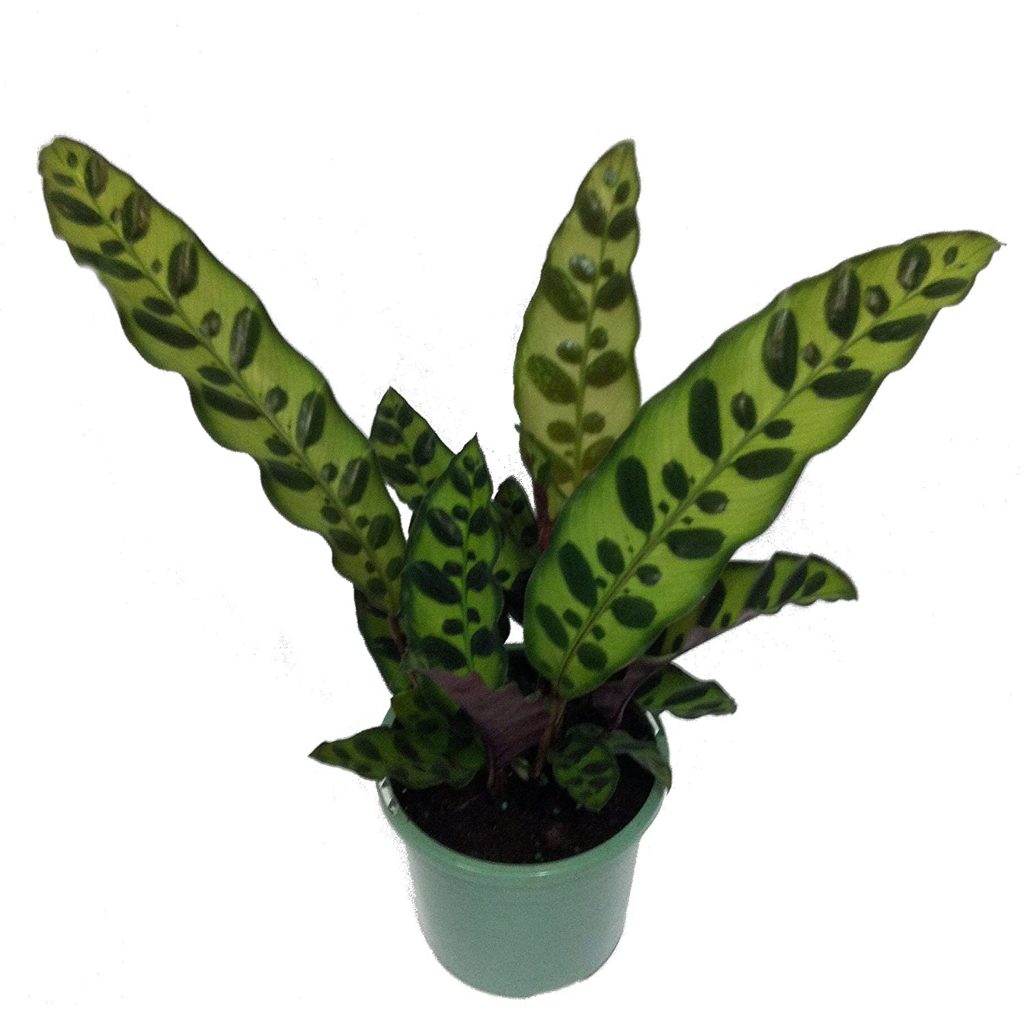






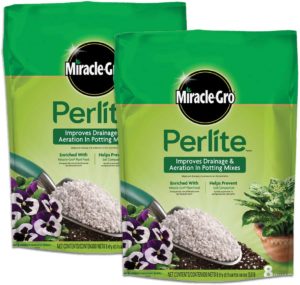

Hey, Marcia! Thanks for reading :) gosh, that's a great idea to double up on your watering globe and spike.…